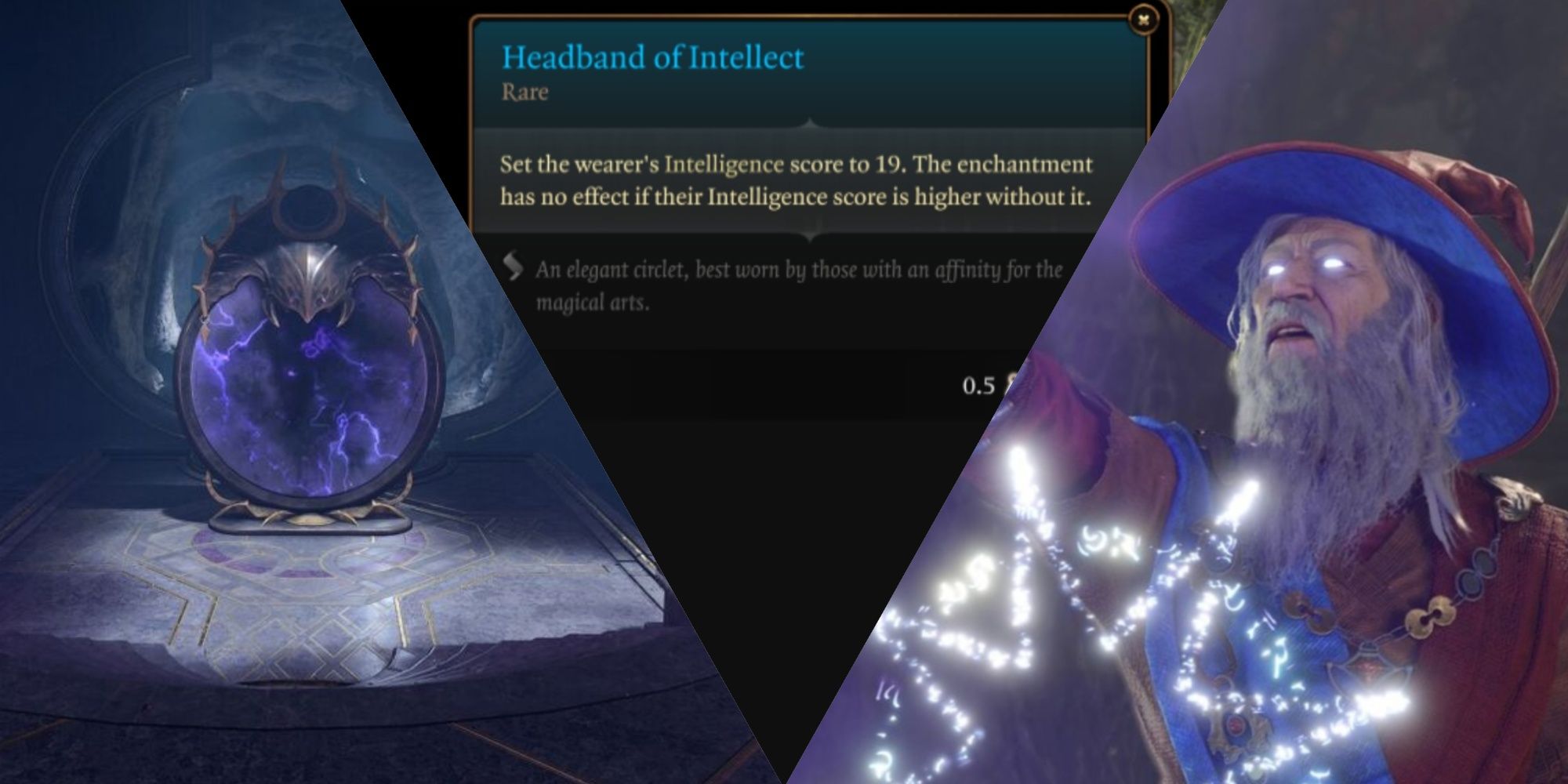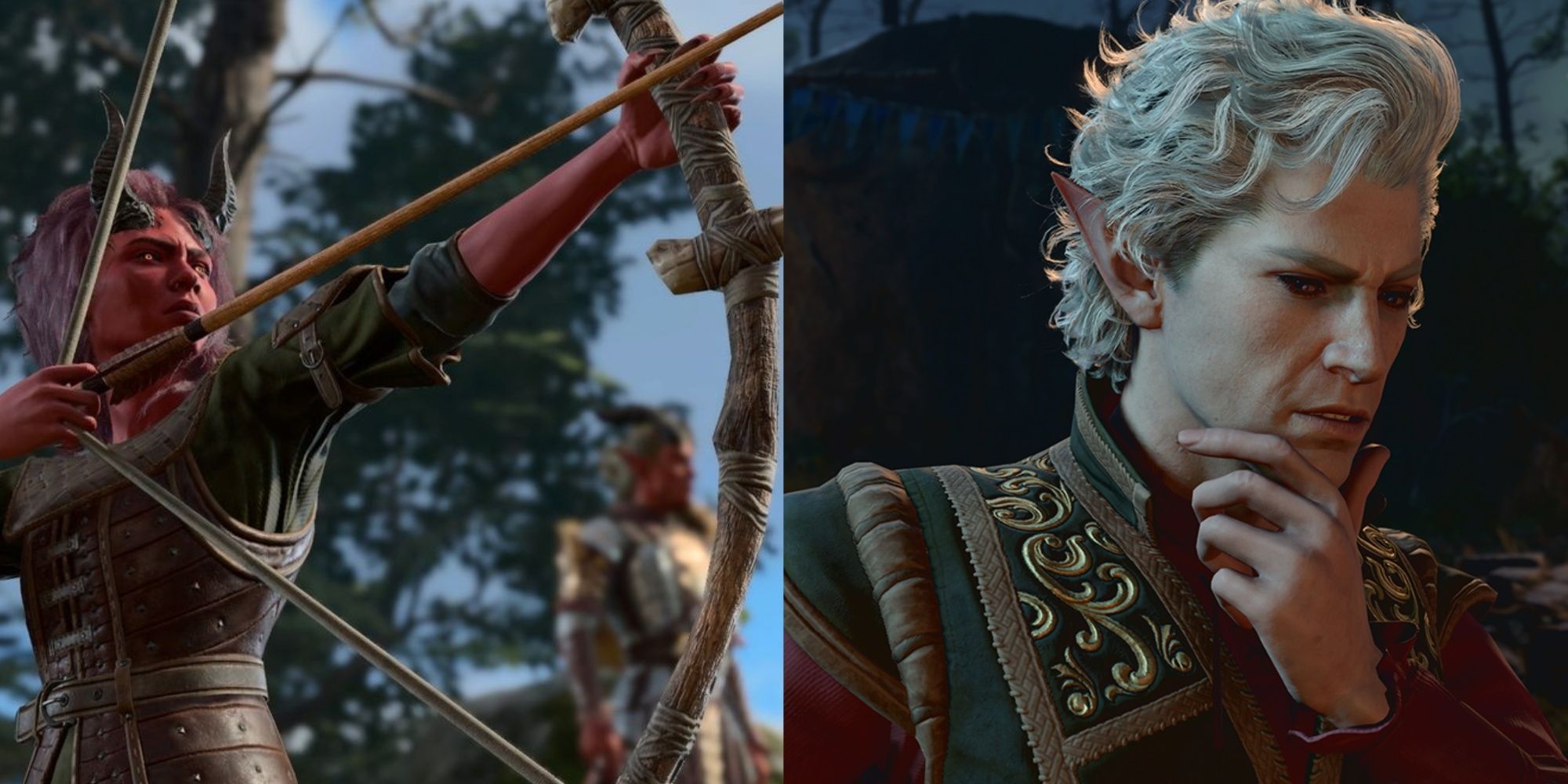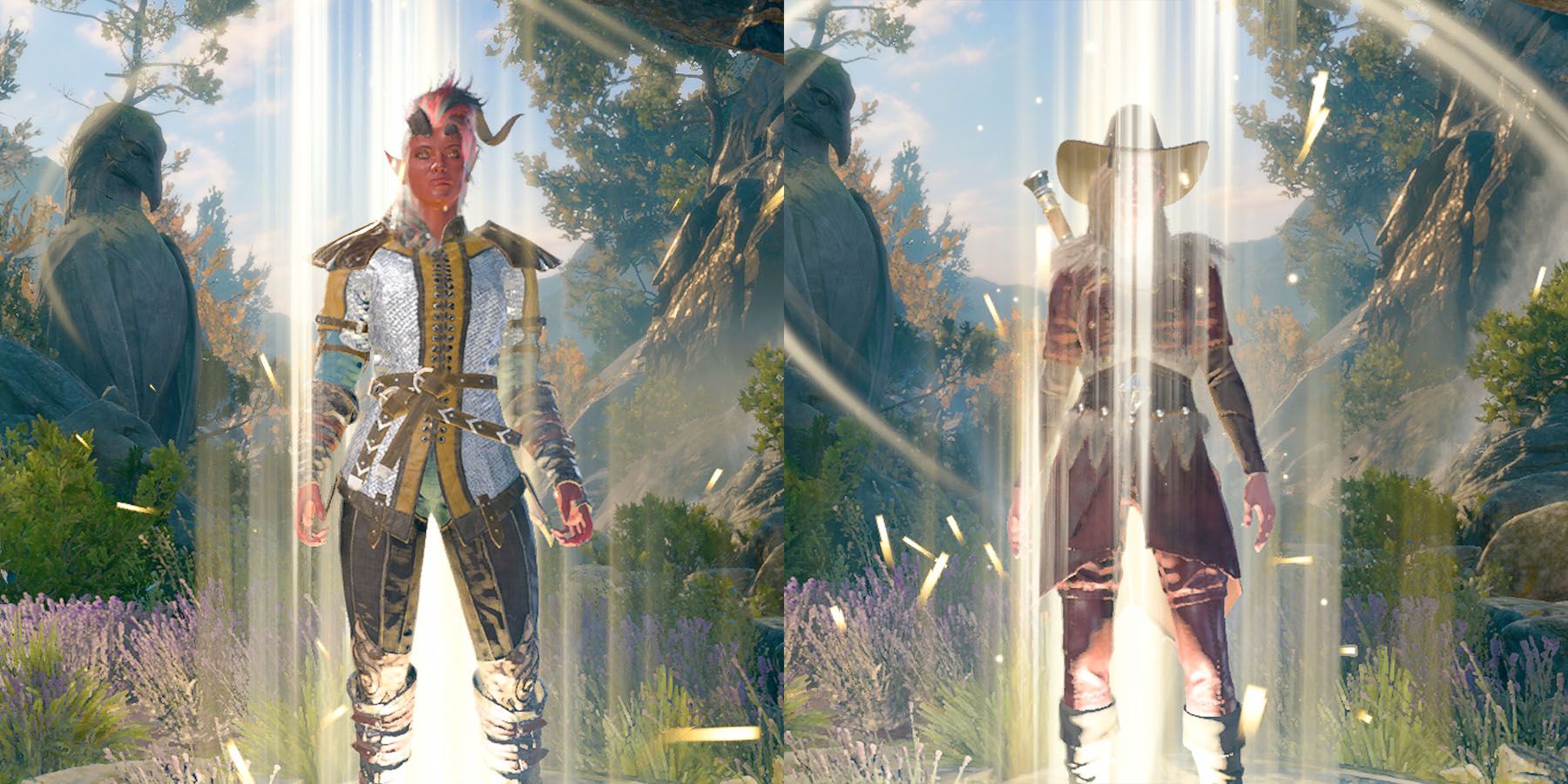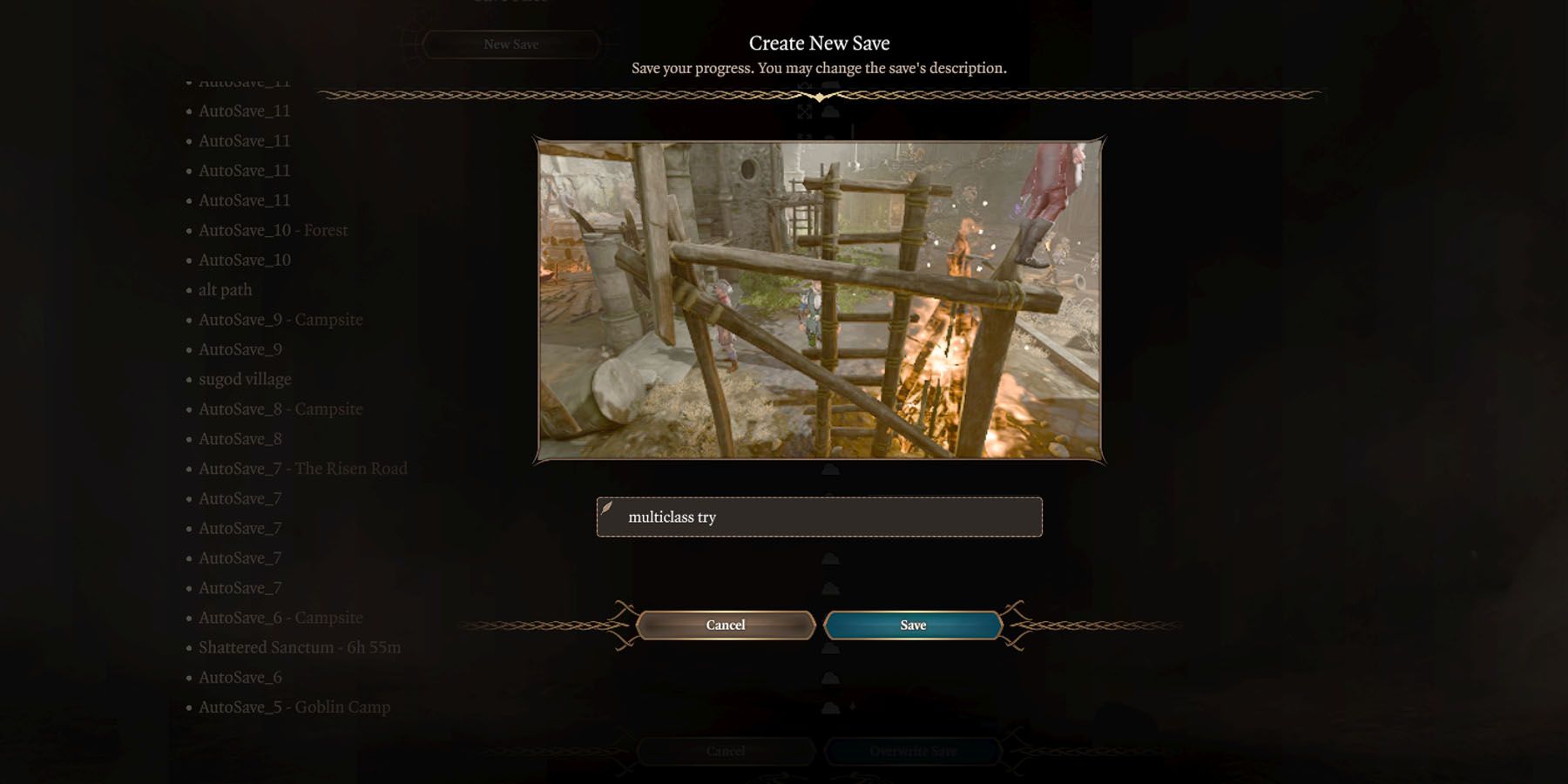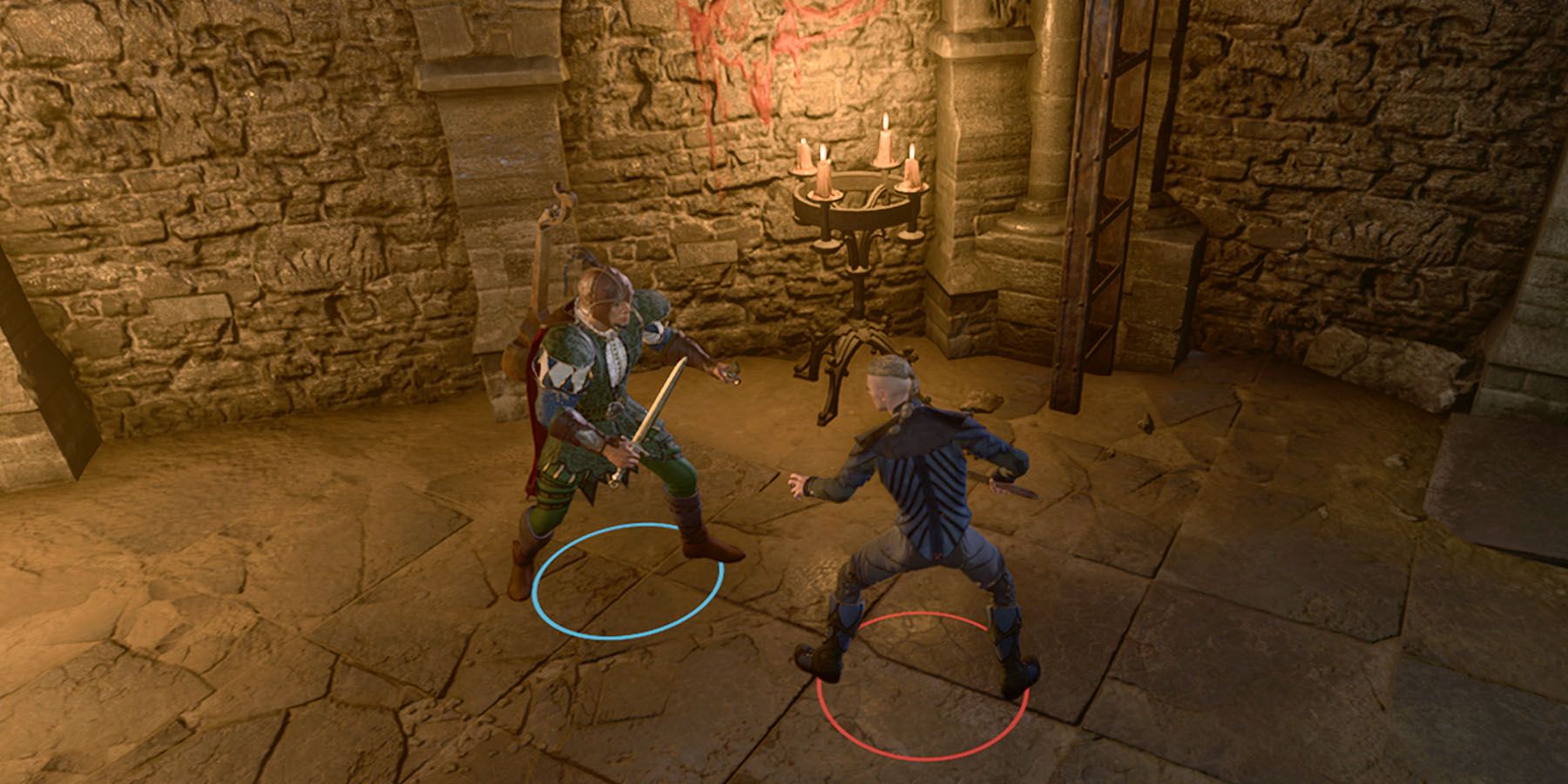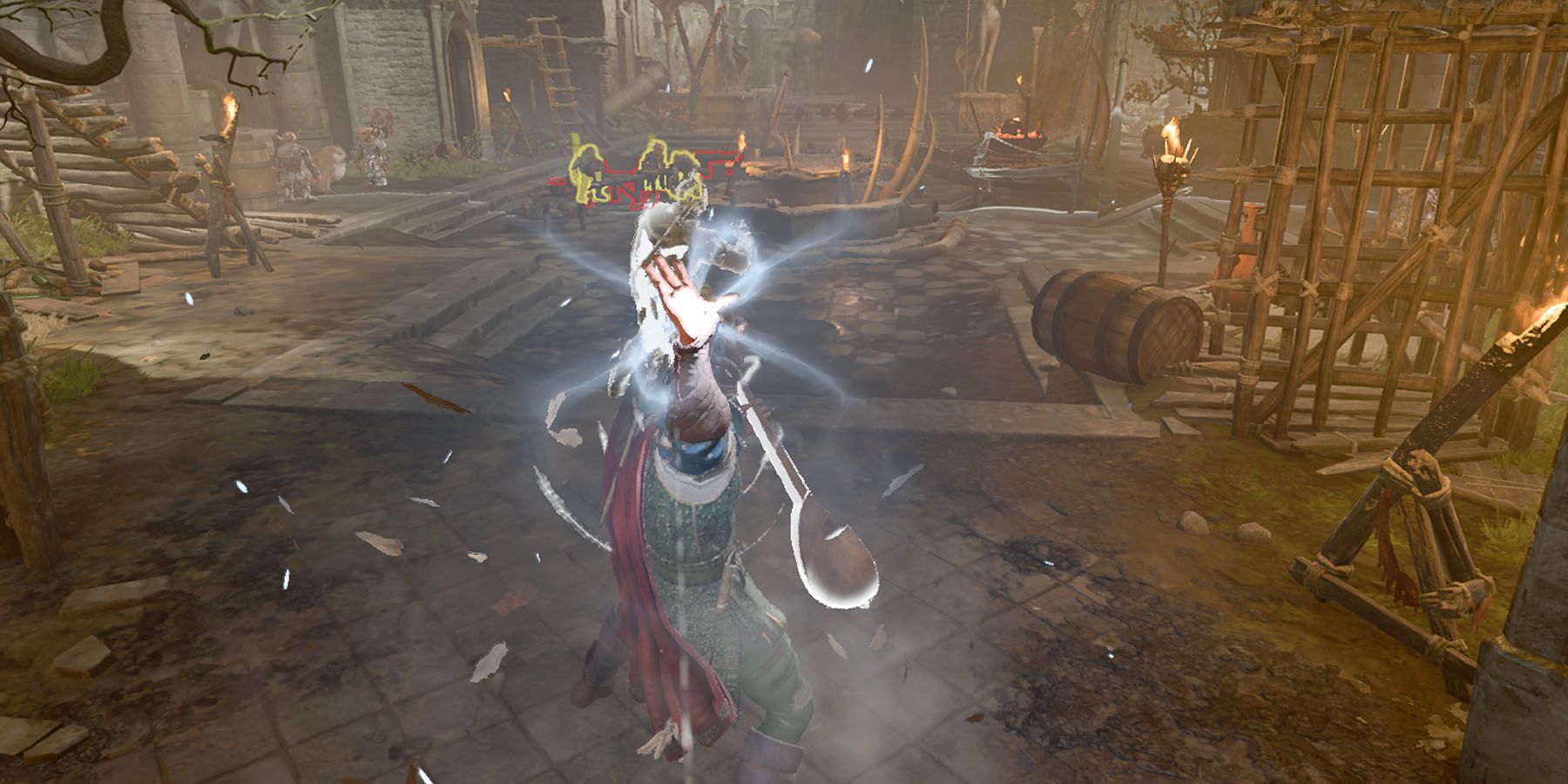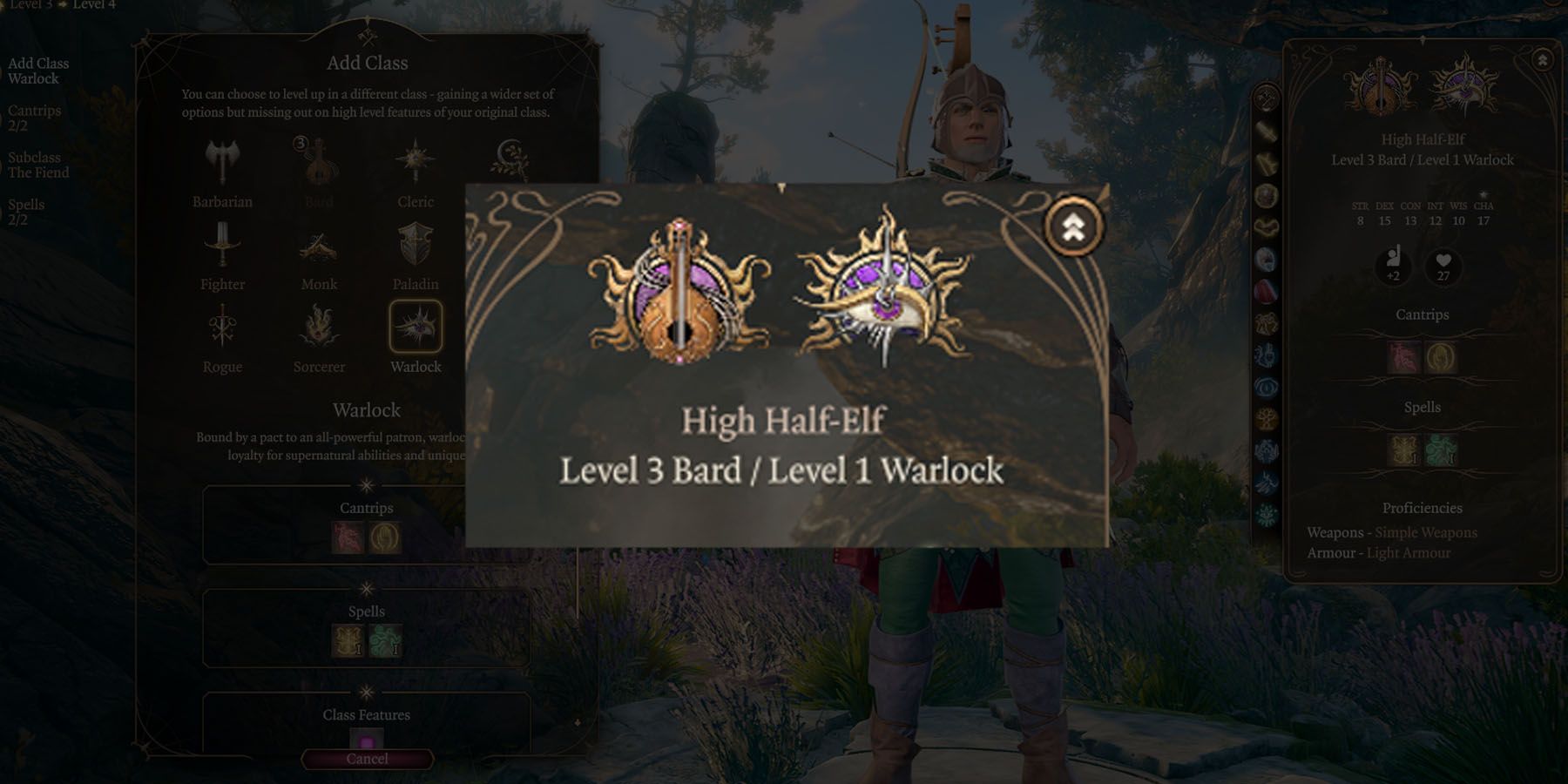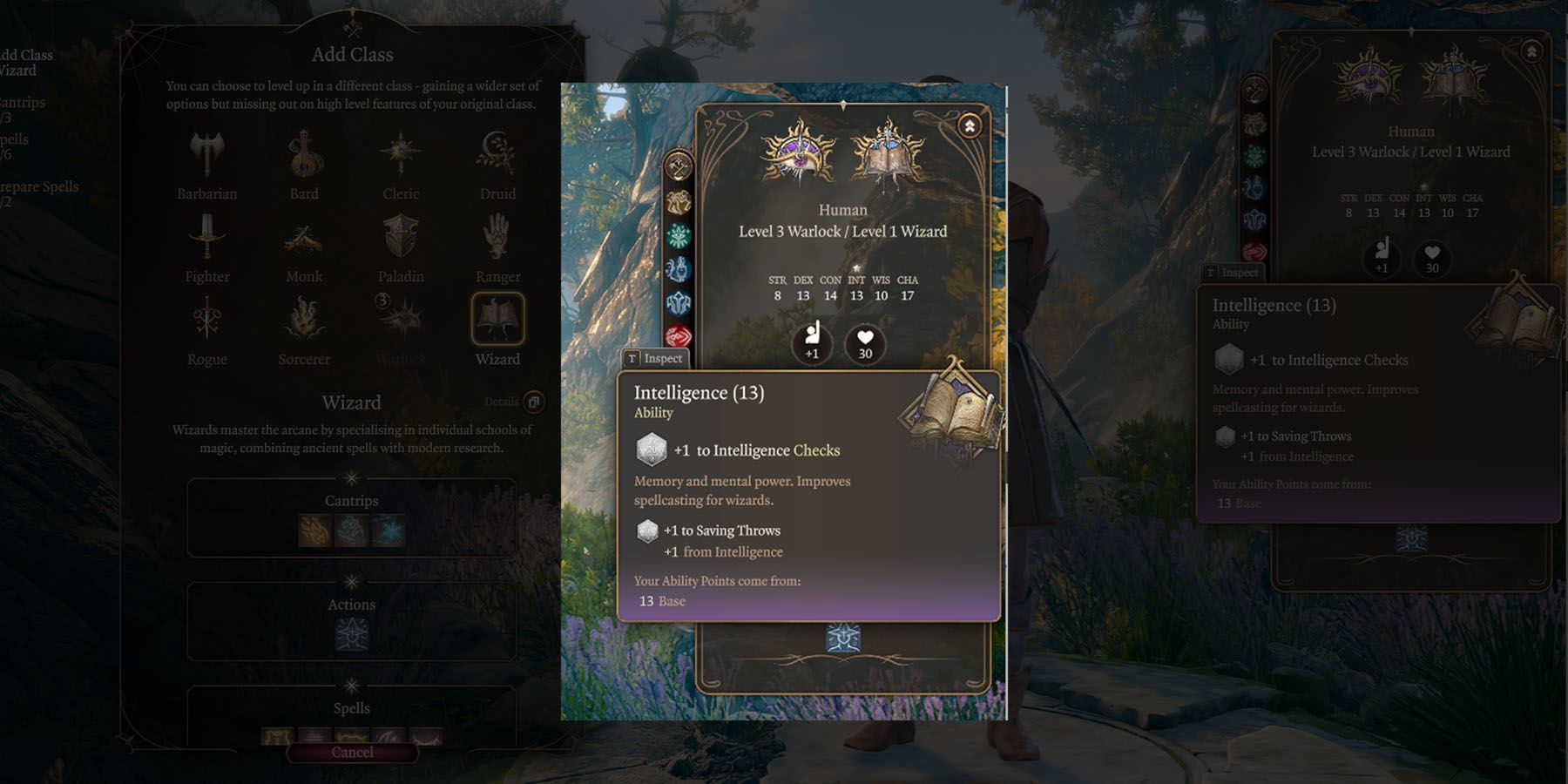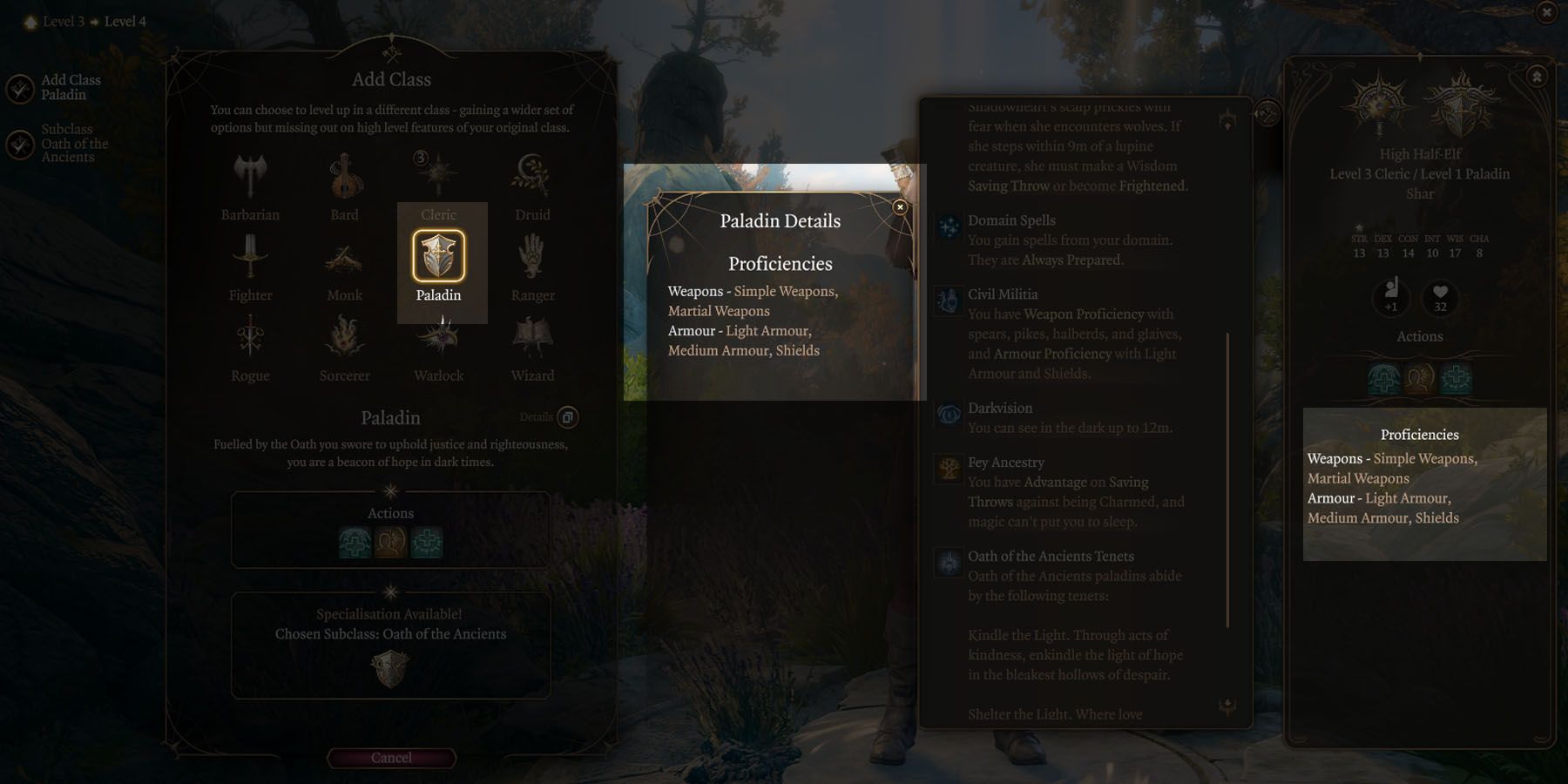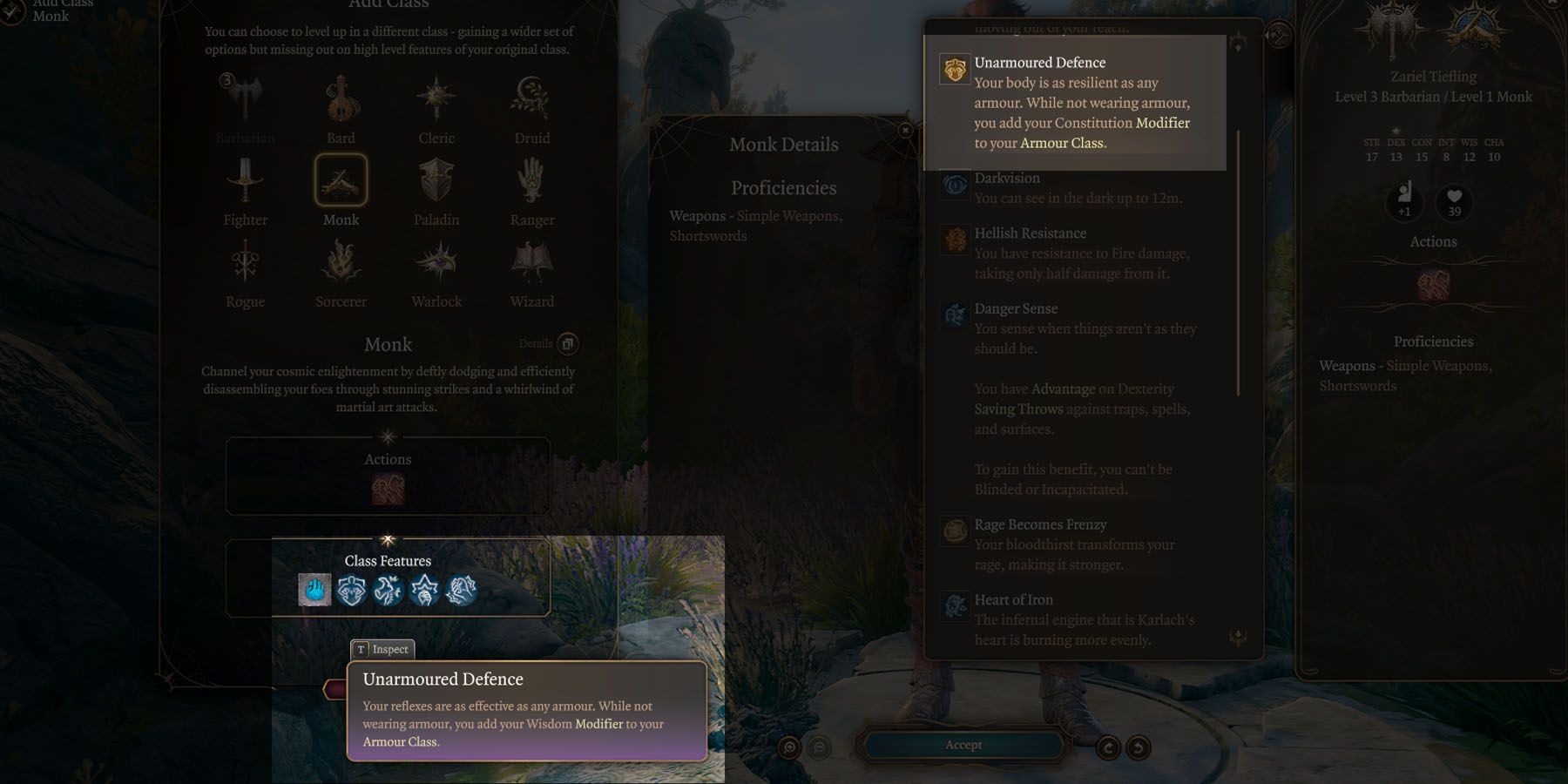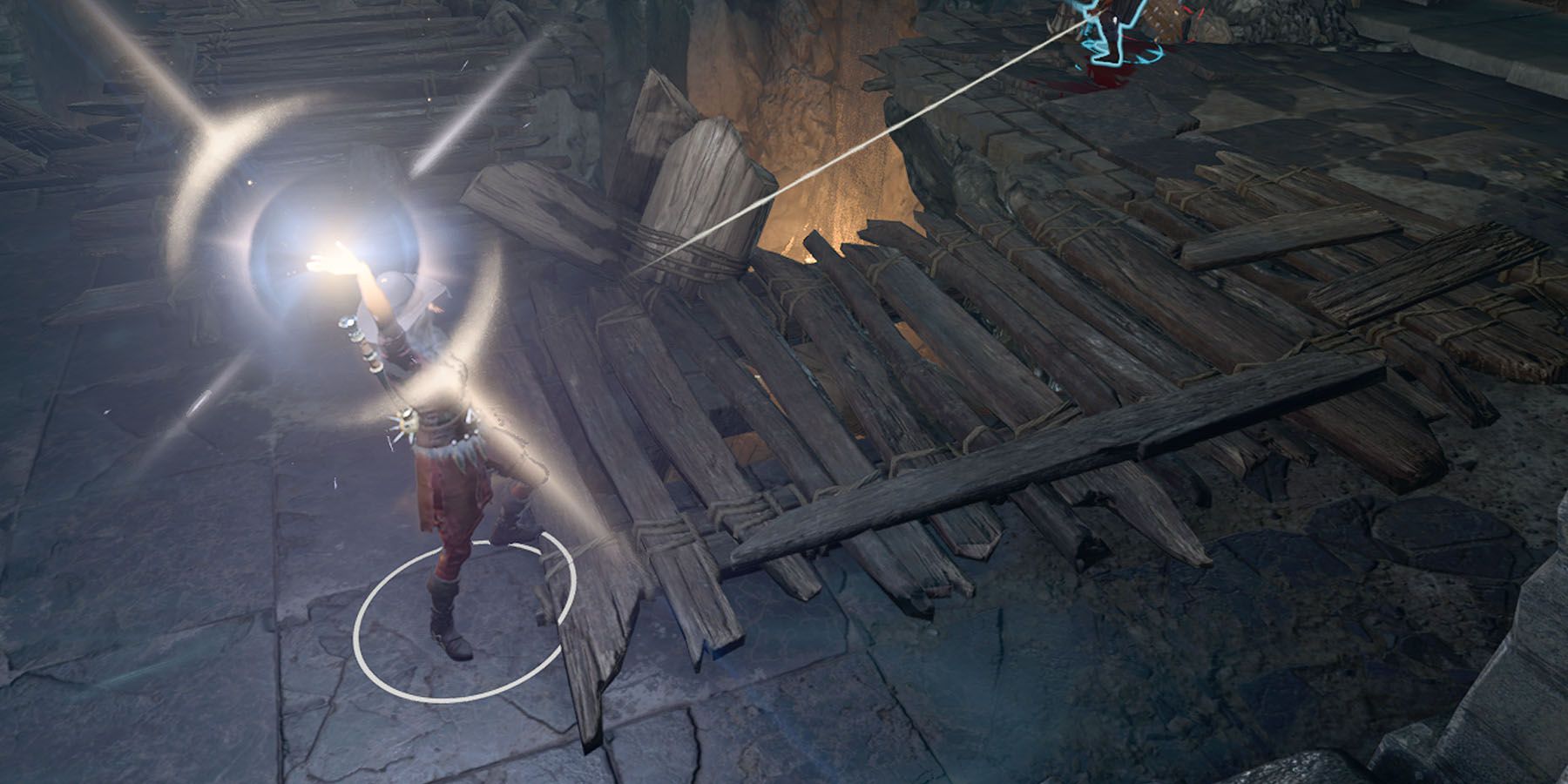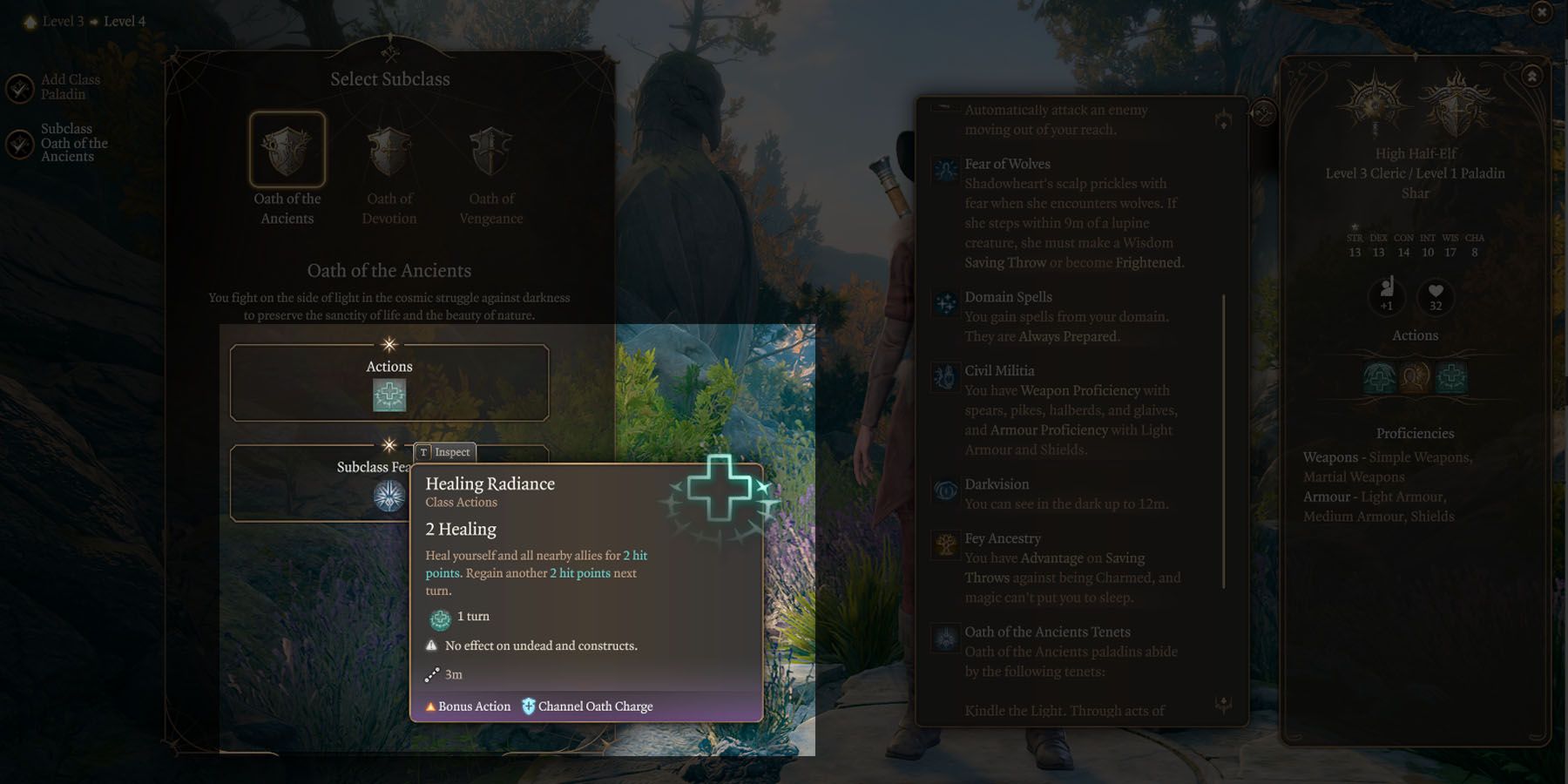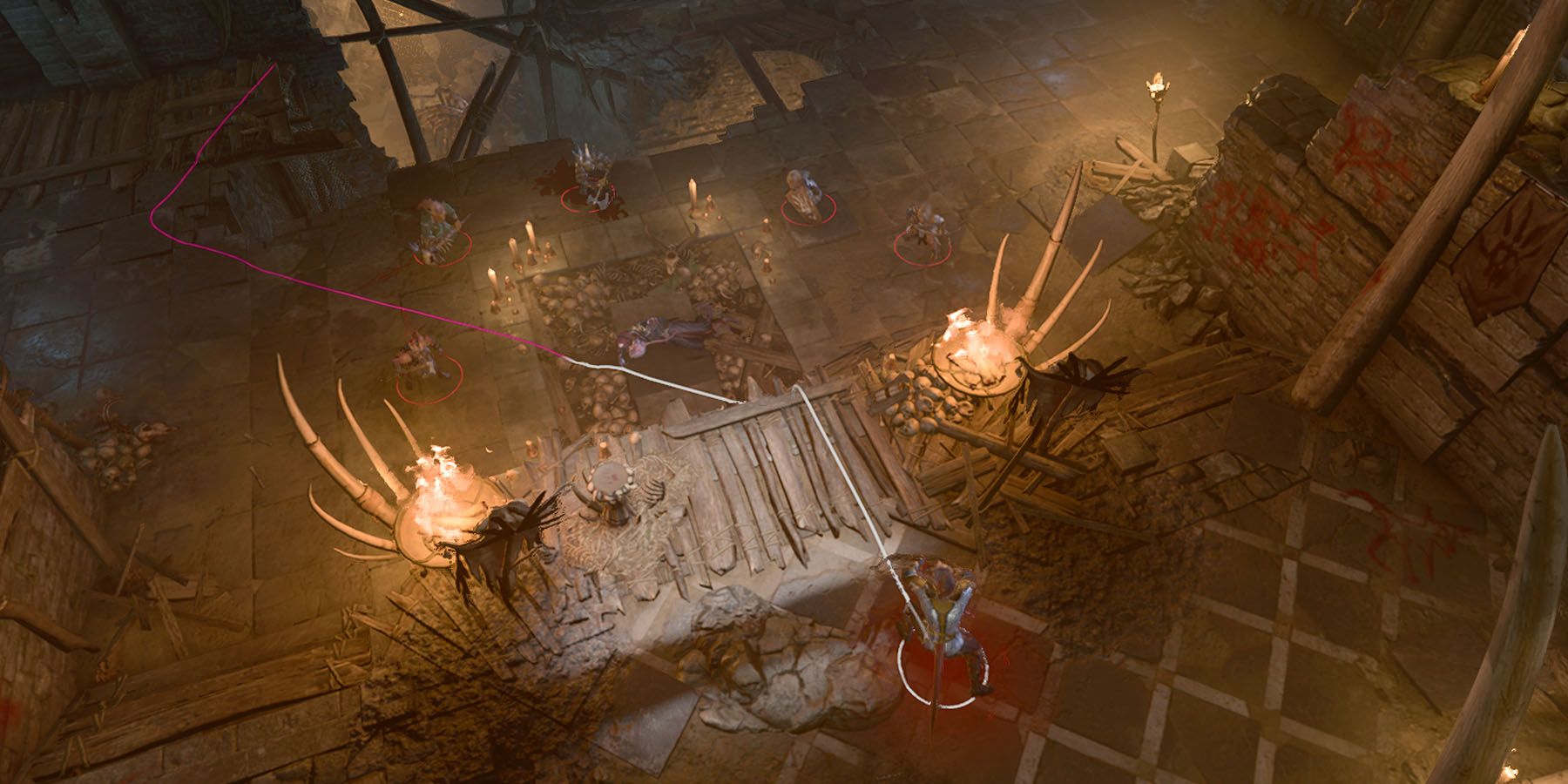Highlights
- Experiment with Multiclassing by respeccing one's character and reloading saves to try out different configurations within a single save file.
- Avoid redundancies when choosing a Multiclass, consider the Proficiencies, spells, and overall features of each Class to make the dabbling worthwhile.
- Be aware that Multiclassing will cut the capstone features of one's original Class, so carefully consider if sacrificing those features for extra Class features is worth it. Avoid Multiclassing more than 5 levels to maintain the intended playstyle of the original Class.
Multiclassing remains one of the best ways to create unique characters in D&D, with Baldur’s Gate 3 gameplay retaining the same mechanic in its adaptation of the acclaimed TTRPG’s rules. In the RPG, Multiclassing lets characters access another Class other than their original in their playthrough, giving players expanded features and options a straight build wouldn’t offer them.
Being an adaptation of the D&D 5e ruleset, Baldur’s Gate 3 also offers players the option to Multiclass, albeit with some reservations. While Multiclassing can pave the way for some incredible builds, not doing the process correctly can ruin a player’s progress.
10 Don’t Forget To Save
One of the best ways to experiment with a Multiclass is to understand that players can respec their Baldur’s Gate 3 characters as much as they want provided they have the coin for it. However, a workaround to this resource cost is to simply get enough Gold for a single respec but save just before doing so.
After tinkering with a Multiclass spec, players should try to fight a group of enemies in their immediate vicinity and then reload the save if it’s not up to their standards. While not a direct Multiclass tip, this at least ensures players can try as many configurations as they want within the parameters of a single save file.
9 Don’t Bother With Redundancies
A leading argument towards Multiclassing in D&D has to do with a character getting the best out of multiple Classes without leaning into just one of them. While Baldur’s Gate 3 only works within 12 Levels and have slightly different benefits when Multiclassing into other Classes, players should still check what each Class specifically offers as a Multiclass before venturing forth into the build.
This is especially concerning regarding Proficiencies, as the player’s current Class may already offer Proficiencies their Multiclass of choice may provide. It’s also important to consider the Class’s pool of spells and overall Features. The fewer redundancies the Multiclass has, the more worthwhile the dabbling.
8 Don’t Disregard Capstone Features
Unlike standard D&D 5e gameplay, a player’s Baldur’s Gate 3 experience will only let characters reach a Level 12 cap. This is a far cry from the intensity of features that Classes receive once they reach Level 20. However, even the straightforward Fighter will get an extra Feat at Level 12, giving them a total of 4 Feats across their playthrough and the most Feats available in a Class.
When Multiclassing, players should remember that even a single level of MC will cut the capstone features of their original Class. The more levels players get in another Class, the higher the potential feature they trade away. Since Multiclassing already leans towards power gaming, players should look into what higher-level play will offer various Classes to check if the capstone features they’ll sacrifice will be worth the extra Class features they’re getting.
7 Don’t Multiclass More Than 5 Levels
Players who plan on pursuing D&D Multiclass builds for their Baldur’s Gate 3 gameplay should avoid getting more than Level 5 in another Class. At its core, this MC route will ruin the point of why players got their original Class in the first place. After all, if their extra Class reaches 6th-Level, they may as well start with that Class. Mechanically speaking, however, most Class features that lean towards Multiclassing end at 5th-Level.
In D&D 5e gameplay in Baldur’s Gate 3, it’s 5th-Level that defines the intended playstyle of a Class before they further specialize into their chosen Archetypes. For instance, more aggressive Fighters and Barbarians acquire Extra Attack at 5th-Level to enhance their DPS, whereas the Rogue of the same level gets Uncanny Dodge to take half-damage from an attack as a Reaction. When players decide on a Class to MC, they should look into how these higher-level features mesh together with their intended playstyle.
6 Don’t Neglect Ability Modifiers
Like in other RPGs, Baldur’s Gate 3 mechanics rely heavily on stats to dictate the degree of success players have in their actions. However, the Baldur’s Gate title adapting D&D 5 rules means Abilities don’t guarantee how successful actions are, but rather add a set bonus or modifier to rolls using these stats. These mods matter in Multiclass builds, especially since Multiclassing has Ability requirements per Class.
Just because a character meets a Class’s Ability prerequisite doesn’t mean they’re recommended as a Multiclass. This is especially the case with spellcasters, as their Ability prerequisite often dictates their Spellcasting Modifier, or the bonus to their casting rolls. If players only secure the bare minimum Ability for a Multiclass, their rolls to use their features may not be as efficient.
5 Don’t Ignore Proficiencies
In traditional D&D gameplay, players who Multiclass also get the immediate benefits of their chosen Class at 1st-Level, including their Proficiencies that often give characters access to a slate of new gear options. This isn’t the case with Baldur’s Gate 3 gameplay, especially with the game placing a particular priority on gear and how non-Proficiency affects gameplay.
When Multiclassing in this RPG, players should be mindful of the benefits and features they will acquire upon 1st-Level, as they’re adjusted differently compared to the original TTRPG. With this in mind, players can plot gear and spell choices more efficiently, especially if they’re looking into upgrading their armament choice to Versatile Weapons.
4 Don’t Skip Unarmored Defense
Whereas most Classes receive some Proficiency in Armour and spellcasting benefits when not wearing one, Classes like the Barbarian and the Monk have Unarmoured Defense to protect them despite the lack of heavy-duty plate. When active in the D&D RPG, Unarmoured Defense relies on an Ability Modifier as an indicator for AC, removing the stresses of having to find Heavy Armour just to maximize Armor Class.
However, Unarmoured Defense doesn’t stack when Multiclassing into non-Armoured Classes. Aside from being a potentially-redundant feature, players should be mindful that certain Class effects only work when under Unarmoured Defense. For instance, Rage doesn’t work if Barbarians wear Heavy Armour, making a Multiclass from a Fighter rather unideal if players want to maximize Defense.
3 Don’t Forget Spell Slots
Spell Slots remain one of the most confusing aspects of D&D 5e Multiclassing, especially since not all spellcasters are treated equally when it comes to their font of power. Players who want to use multiple spellcasting Classes for their MC should remember that their character will now receive a “hidden” Spellcaster Level slot that determines their overall Spell Slots as soon as they Multiclass into a separate spellcaster.
Spellcaster Levels act separately from the player’s chosen Classes. If players Multiclass into two different spellcasters, only the features acquired per level are consistent for both Classes. Spellcasters who Multiclass into a semi-spellcaster like a Ranger or a Paladin would get modified Spell Slots as they level up.
2 Don’t Get Greedy With Channel Divinity
Holy-inclined Classes such as the Cleric and the Paladin enjoy the benefits of Channel Divinity in their Baldur’s Gate 3 gameplay, taking the form of holy gifts courtesy of their deities and divine oaths. As individual Classes, they get a set number of Channel Divinity uses every few levels, as well as a choice of Channel Divinity effects. Should players Multiclass into any of these Classes, they also get the privilege of their Channel Divinity perks.
However, players should remember that Channel Divinity charges don’t stack. While a Cleric Multiclassing into a Paladin and vice versa do get more Channel Divinity options, their maximum charges don’t increase. This means players should be mindful of how many levels they want for the sake of Channel Divinity effects.
1 Don’t Expect More Extra Attacks
Extra Attacks form the cornerstone of a melee-oriented Class’s overall DPS kit in their D&D gameplay, especially since their spellcaster counterparts can dish out the same amount of damage in a single turn. Usually obtained at Level 5, Extra Attacks act as a way to release another attack on top of the Attack Action and a Bonus Action, giving the likes of the Paladin the chance to release three attacks in a single turn.
Players enjoying their Baldur’s Gate 3 playthrough can enjoy the same feature courtesy of the game adapting D&D 5e mechanics. However, the game also adapts the caveat of Extra Attack not carrying over in Multiclass. The level of the Multiclass prior to the one that gives Extra Attack could serve as a stopping point for the combination.
Baldur’s Gate 3 is currently available on PC and is slated for a September 6, 2023 release for PlayStation 5.

